In this image, the source 3.3V, which is going to three loads(U1,U2,U3), that consumes current of 2A,0.5A and 1A respectively,
As the total current is 3.5A.
Lets consider allowable ripple,
U1-2%
U2-3%
U3-5%
Then calculating targeting impedance,
z=(3.3*0.02)/3.5 = 18mE
Here I have taken the minimum allowable voltage ripple in the rail and the total current in it. Whether this method is correct. Or I need to calculate target impedance for three loads individually and do decoupling analysis. Like, U1-(3.30.02)/2 = 33mE, U2-(3.30.03)/0.5 = 198mE, U3-(3.3*0.05)/1 = 165mE Whether this procedure is correct?
Kindly clarify me, how to do decoupling analysis for this individual loads?
